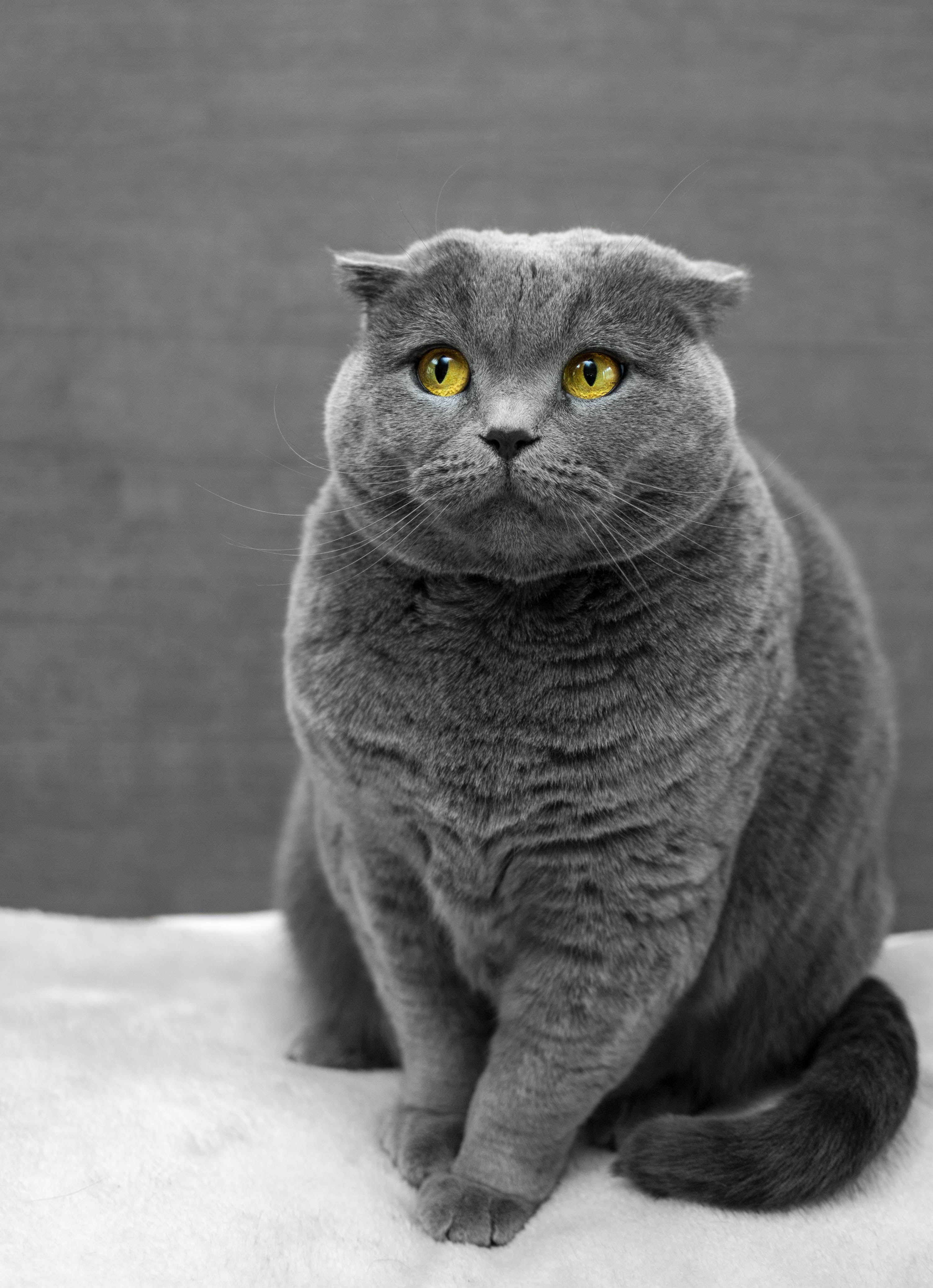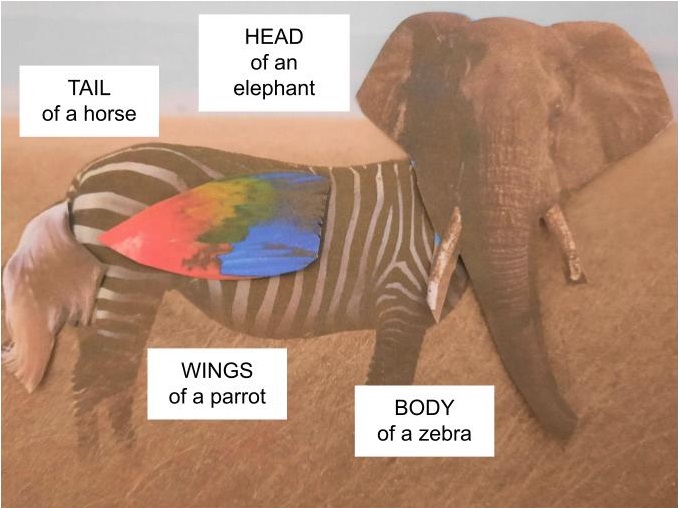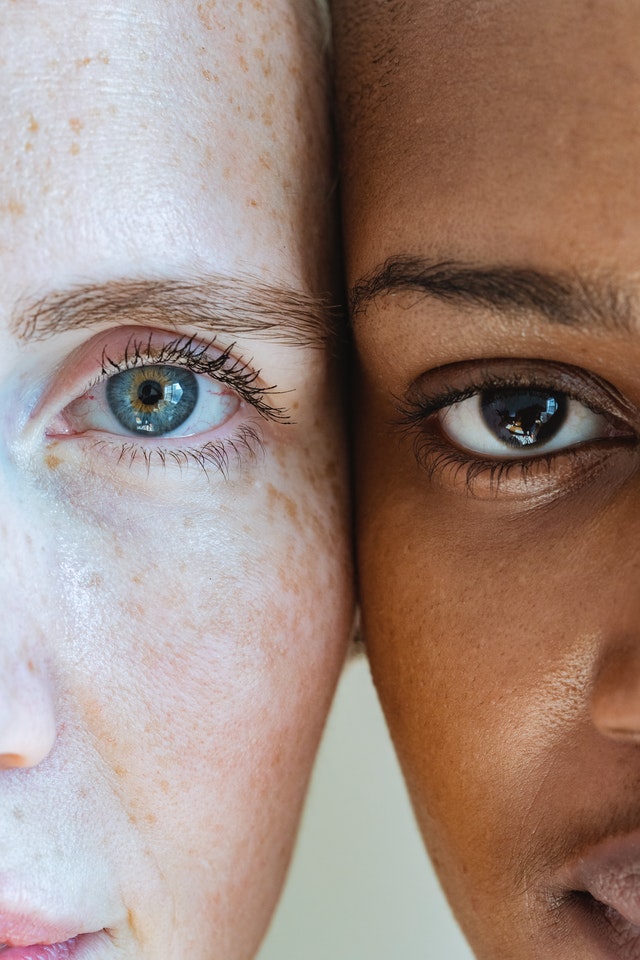Dictionary
Lifespan

- Definition:
-
It is the time a person, animal or plant is expected to live.
Es el tiempo que una persona, animal o planta se espera que pueda vivir.
- Example:
-
The lifespan of a cat is twelve years.
La esperanza de vida de un gato es de doce años.
- Spanish word:
-
Esperanza de vida.
- Audio:
Sight

- Definition:
-
Sight is the ability to see.
La vista es la capacidad de ver.
- Example:
-
A lynx has a very good sight.
El lince tiene muy buena vista.
- Spanish word:
-
Vista.
- Audio:
Weight

- Definition:
-
The weight shows how heavy someone or something is. The verb is weigh.
El peso muestra cómo de pesado es alguien o algo. El verbo es pesar.
- Example:
-
An elephant’s weight can be between 2,200 and 6,400 kilos.
El peso de un elefante puede estar entre 2.200 y 6.400 kilos.
- Spanish word:
-
Peso.
- Audio:
-


